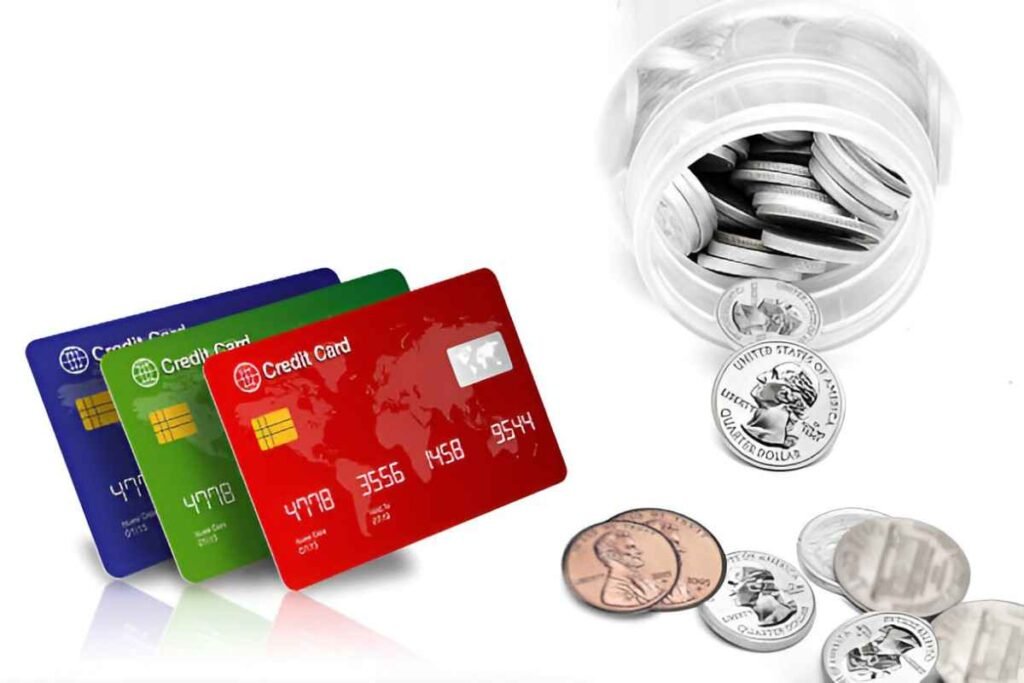When considering a credit card, many of us look at the interest rate. A 0% introductory APR credit card can be a useful financial tool when used wisely. It allows us to make purchases or transfer balances without paying interest for a set period. This article provides an in-depth look at how these cards work, their benefits, potential pitfalls, and how to choose the right one for your financial needs.
Table of Contents
What is a 0% Introductory APR Credit Card?
A 0% introductory APR credit card offers a promotional interest rate of zero percent for a limited period, typically ranging from six to twenty-one months. This means that for a specific duration, you won’t incur interest on purchases, balance transfers, or both. After the promotional period ends, the regular APR applies to any remaining balance.
Benefits of a 0% Introductory APR Credit Card
One of the primary benefits of these cards is cost savings. Without interest charges, you can pay down existing debt more efficiently. Here are a few key benefits:
- Debt Consolidation: If you have existing high-interest debt, transferring the balance to a 0% APR card can save you money.
- Large Purchases: You can finance significant expenses, such as appliances or medical bills, without the burden of interest.
- Cash Flow Management: It offers flexibility in managing monthly budgets without accumulating interest.
Example Calculation
Let’s consider a scenario where you have a $5,000 balance on a high-interest credit card with an 18% APR. Transferring this balance to a 0% APR card with a 12-month promotional period could lead to substantial savings.
| Scenario | High-Interest Card | 0% APR Card |
|---|---|---|
| Balance | $5,000 | $5,000 |
| Interest Rate | 18% | 0% |
| Monthly Payment | $500 | $500 |
| Interest Paid in 12 Months | $450 | $0 |
In this case, you would save $450 in interest by using a 0% APR card.
Key Factors to Consider Before Applying
While these cards can be beneficial, it’s essential to review the terms carefully. Some critical factors to consider include:
- Promotional Period Length: A longer period allows more time to pay off debt without interest.
- Balance Transfer Fees: Many cards charge a fee, typically 3% to 5%, on transferred balances.
- Regular APR: Once the introductory period ends, the interest rate can be high.
- Credit Score Requirement: Approval often requires good to excellent credit.
- Spending Habits: Overspending due to the 0% rate can lead to financial trouble.
Potential Downsides
Despite the advantages, there are potential risks to be aware of:
- Deferred Interest: Some cards may charge retroactive interest if the full balance isn’t paid before the promotional period ends.
- High Post-Promo APR: If you don’t clear the balance, you could face high interest rates.
- Impact on Credit Score: Applying for a new credit card can result in a hard inquiry, temporarily affecting your credit score.
- Balance Transfer Fees: If the fee outweighs potential savings, it might not be worth it.
How to Choose the Right 0% APR Credit Card
Choosing the right card depends on your financial goals. If you want to pay off existing debt, focus on balance transfer offers. If you’re looking to finance a large purchase, prioritize cards with long promotional periods for purchases.
Comparison Table of Popular 0% APR Credit Cards
| Card Name | Intro APR Period | Balance Transfer Fee | Regular APR | Annual Fee |
|---|---|---|---|---|
| Card A | 18 months | 3% | 16%-24% | $0 |
| Card B | 15 months | 5% | 14%-22% | $95 |
| Card C | 21 months | 3% | 18%-26% | $0 |
Strategies to Maximize Benefits
To make the most of a 0% introductory APR credit card, consider the following strategies:
- Pay Off the Balance Before the Promo Period Ends: Avoid interest charges by clearing the debt.
- Budget Effectively: Plan monthly payments to stay on track.
- Avoid Additional Debt: Use the card responsibly and avoid unnecessary spending.
Common Mistakes to Avoid
Many people make mistakes that reduce the effectiveness of these cards. Some common errors include:
- Only Making Minimum Payments: This may lead to carrying debt beyond the promotional period.
- Ignoring Fees: Be aware of balance transfer and annual fees.
- Applying for Multiple Cards: Too many applications can harm your credit score.
Real-World Example
Consider Jane, who has a $7,000 balance on a card with a 20% APR. She transfers it to a 0% APR card with a 15-month promo period and a 3% transfer fee. Her savings calculation would look like this:
| Item | High-Interest Card | 0% APR Card |
|---|---|---|
| Interest Cost | $1,400 | $0 |
| Transfer Fee | $0 | $210 |
| Total Cost | $1,400 | $210 |
Jane saves $1,190 by using the 0% APR card, making it a financially sound decision.
Final Thoughts
A 0% introductory APR credit card can be a powerful tool for managing debt and making purchases. However, it’s crucial to use it strategically. Understanding the terms, planning payments, and avoiding common mistakes can help you take full advantage of these offers. Choose the card that aligns with your goals and financial habits to make the most of the interest-free period.





